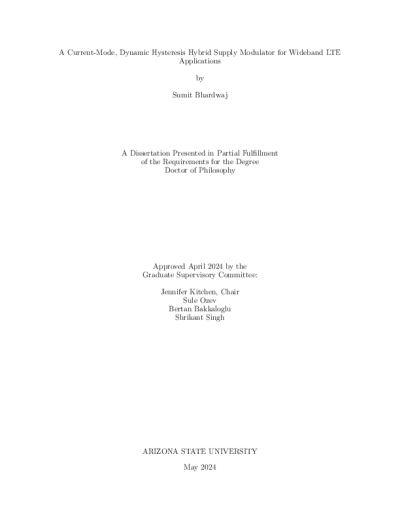Built-in Self-Test for Monitoring Analog Circuits

Description
Integrating analog circuits with the most advanced digitally-tuned processes increases the defect rates and the risk of in-field wear out. Coupled with the reduced accessibility arising from this level of integration, increasing defect rates necessitate systematic approaches to analog testing. Structural built-in self-test (BIST) for analog circuits can reduce test development complexity. Proposing a robust and low-cost structural BIST method for analog circuits. The proposed method relies on perturbing the analog circuit at an injection point and observing the result at an observation point as a digitally measurable time delay. Injection can be achieved via simple ON/OFF keying while the observation can be achieved by a self-referencing comparator. Multiple injection points can be selected at low cost (single transistor) while the observation circuit can be shared across many injection points and different circuit blocks.
Date Created
The date the item was original created (prior to any relationship with the ASU Digital Repositories.)
2024
Agent
- Author (aut): Raghavendra, Chinmaye
- Thesis advisor (ths): Ozev, Sule
- Committee member: Bakkaloglu, Bertan
- Committee member: Kitchen, Jennifer
- Publisher (pbl): Arizona State University








